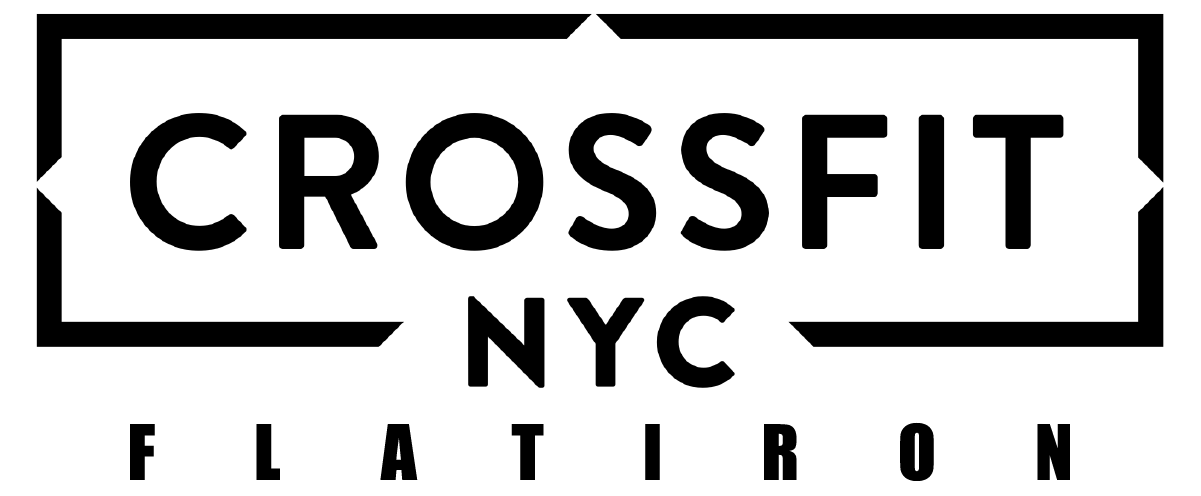From Audrey White: After a tough workout, when we are all sweaty, the last thing we want to do is stretch or active recovery! What are your thoughts on a good post-workout recovery/stretch routine so that our muscles aren’t silently crying the next day during deadlifts?
Short answer: relax, eat, and then get to bed!
Long answer: there is a lot of misinformation regarding post workout stretching and “active recovery” (which is an oxymoron). There is little to no evidence that post workout stretching, foam rolling/myofascial release, or active recovery contributes to the recovery process or reduces markers of inflammation. In fact, active recovery sessions may be a negative because you are adding more training (stress) on top of what you already have performed; throwing in a run or bike after training or on a rest day is simply concurrent training and if your training volume exceeds your ability to recover, then you will see blunted recovery and adaptation.
What has the most significant impact on your recovery is going to be your sleep and nutrition, in that order. It cannot be overstated how important sleep is to recovering from post-exercise induced fatigue. Poor sleep directly contributes to lowered force output, lowered coordination, lowered reaction times, and lowered concentration. Lack of sleep also contributes to poorer body composition and increased risk for metabolic disease.
The next step in recovery is ensuring you are eating enough calories in the day. General recommendations based on activity levels suggest an average of 25-35kcals/kg/day for most individuals exercising 30-40min/3x per week. Higher intakes (50-80kcal/kg/day) are necessary for those exercising more intensely or more frequently.
After total calories, the composition of your diet is important, in particular your protein and carbohydrate intake. So long as you aim to eat 1.6g/kg/bodyweight (BW) of protein per day, you ought to be good to go. Higher intakes do not appear to enhance daily muscle protein synthesis and recovery in resistance trained individuals; it is not harmful but not any more beneficial and your calories may be better filled by carbohydrates. However, for those who partake in endurance training (or a lot of training hours in general) it may be beneficial to increase protein intake upwards of 2.6g/kg/BW to stave off the catabolic effect of said training.
Low muscle glycogen is going to negatively impact recovery, performance, and muscle hypertrophy. It is shown that perceived exertion increases and central nervous system fatigue increases with lowered glycogen status in the muscles. No matter how you feel about the activities we do in CrossFit, whether it is heavy lifting, short or long WODs, or Hyrox workouts, all of these modalities primarily deplete glycogen stores in our muscles which need to subsequently be replenished. The higher the intensity of exercise, the faster it depletes muscle glycogen stores. So it is important to be consuming 3-5g/kg/BW of carbohydrate if you are exercising for one hour most days of the week; higher intakes are required for those exercising very intensely (relative to 1RM, VO2max, or heart rate) or >5 days/week. I want to emphasize that these are general recommendations for healthy populations looking to improve performance and maintain a healthy lifestyle. Individualization is necessary when it comes to weight loss, dietary restrictions, metabolic disease (diabetes), and so on.
I know many people may cry foul at the notion that stretching, foam rolling/myofascial release techniques, and active recovery days are not contributing to their recovery – at least according to markers of inflammation and return to baseline performance. However, I am not telling you to stop doing them either. There may be one benefit to keeping all the above in your training: how does it make you feel? Does foam rolling and stretching help you feel good and relax after and between workouts? Does doing a little light cycling the day after 20-rep Back Squats dull that soreness and loosen you up? Then it may still be beneficial for you to keep these activities around.
Firstly, post-exercise stretching and myofascial release may be useful to get you to relax and activate the parasympathetic nervous system in order to regulate heart rate, respiratory rate, and begin the process of recovery. Importantly, this may set you up for a better night’s sleep. Secondly, exercise has an analgesic effect on our perception of pain, so after vigorous training when your soreness is at its peak, light exercise and stretching may be beneficial to dull the pain, improve range of motion, and help you get on with your day. This same effect is likely the driving mechanism behind manual therapy (massage, foam rolling, cupping, active release, etc.) and this regulation of pain and other sensations (“tightness” and muscle “knots”) through neurophysiological changes are what allow us to make further changes or progress in flexibility and mobility; we are not breaking up adhesions or scar tissue. If all of this helps lower your stress levels after exercise and throughout the day, then it is a net positive.
So the most important thing we have to do post workout is prioritize our sleep and nutrition in order to repair and restore ourselves back to and above our physiological baseline. Anything after that is icing on the cake and not nearly as important. Whatever else you choose to do – be it active recovery day, stretching, manual therapy, and so on – so long as it is not adding stress to your body and interfering with sleep and eating, it comes down to your own personal preferences.

